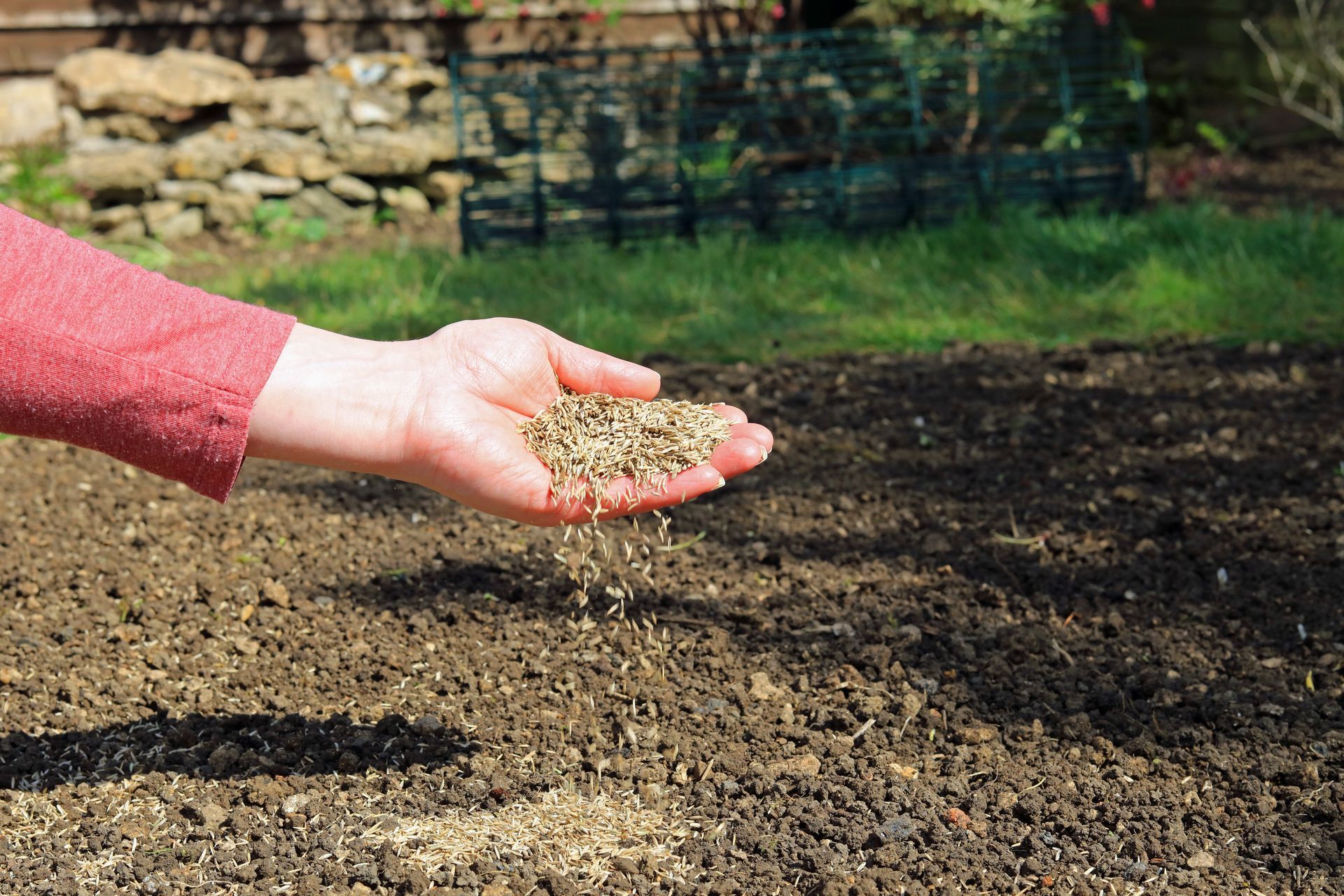January 17, 2025
15 Common Lawn Diseases and How to Identify Them
A lush, green lawn is the pride of every homeowner in Shelby Township, MI. However, maintaining such perfection isn’t always easy. Lawn diseases can creep in, causing unsightly damage and compromising the health of your grass. By identifying these issues early, you can take swift action to protect your lawn. Here are 15 common lawn diseases and how to identify them.
1. Brown Patch
Brown patch is caused by the fungus Rhizoctonia and thrives in warm, humid conditions. It appears as circular brown patches on the lawn, often with a darker outer ring.
How to Identify:
- Large, irregular patches of dead grass
- Yellowish margins around the affected areas
2. Dollar Spot
Dollar spot gets its name from the silver-dollar-sized spots it creates on your lawn. This disease is common in Michigan’s cooler seasons.
How to Identify:
- Small, round patches of straw-colored grass
- Fungal threads visible in the early morning dew
3. Red Thread
Red thread is most prevalent in lawns with poor nutrition. It appears during periods of high humidity.
How to Identify:
- Pink or reddish fungal threads growing from grass blades
- Grass becomes thin and patchy
4. Snow Mold
Snow mold occurs after snow melts, leaving behind dead and matted patches of grass.
How to Identify:
- Circular, matted patches of grass, often covered in a white or pinkish mold
- Damaged areas are more prominent in shaded parts of the lawn
5. Summer Patch
This disease is caused by a soil-borne fungus that affects grass roots during hot, dry weather.
How to Identify:
- Circular patches of dead grass with a green center (frog-eye pattern)
- Grass thins and turns yellow
6. Powdery Mildew
Powdery mildew thrives in shaded areas with poor air circulation.
How to Identify:
- White, powdery substance on grass blades
- Grass becomes weak and stunted
7. Rust Disease
Rust disease is a fungal infection that gives grass a rusty appearance.
How to Identify:
- Grass blades are coated with orange or yellow powder
- Lawn appears thin and discolored
8. Pythium Blight
Also known as grease spot, pythium blight is a fast-acting disease that spreads rapidly.
How to Identify:
- Greasy, water-soaked spots on grass
- Affected areas quickly turn brown
9. Fairy Ring
Fairy rings are caused by fungal growth in the soil and can be aesthetically disruptive.
How to Identify:
- Circular rings of lush green grass or dead zones
- Mushrooms may grow along the ring’s edge
10. Leaf Spot
Leaf spot is a fungal disease that thrives in cool, moist conditions.
How to Identify:
- Small, dark spots on grass blades
- Grass becomes thin and brittle
11. Necrotic Ring Spot
This disease primarily affects Kentucky bluegrass and is common in Michigan.
How to Identify:
- Circular patches of dead grass with healthy centers
- Grass blades turn brown and brittle
12. Slime Mold
While not harmful, slime mold can cover your grass with unsightly growths.
How to Identify:
- Slimy, gray or black patches on grass
- Easily removed by brushing or mowing
13. Take-All Patch
This disease affects the root systems of grass, leading to large dead areas.
How to Identify:
- Patches of dead grass that expand over time
- Grass roots appear dark and brittle
14. Anthracnose
Anthracnose thrives in stressed lawns with poor maintenance practices.
How to Identify:
- Yellow or brown patches on grass
- Grass stems develop black lesions
15. Fusarium Patch
Fusarium patch, also known as pink snow mold, appears in cold, wet conditions.
How to Identify:
- Circular patches of dead grass with pinkish edges
- Most common in spring and fall
Preventing Lawn Diseases
Taking preventive measures can significantly reduce the risk of lawn diseases:
- Regular Mowing: Keep your grass at the recommended height for its type.
- Aeration: Improve soil drainage and reduce compaction.
- Proper Watering: Water early in the morning to allow grass to dry during the day.
- Fertilization: Use balanced fertilizers to provide essential nutrients.
- Remove Thatch: Thatch buildup can harbor fungi and pests.
Treating Lawn Diseases
If your lawn is already affected by a disease, here are some treatment options:
- Fungicides: Select a fungicide specific to the disease.
- Improved Lawn Care Practices: Address underlying issues like poor drainage or low soil fertility.
- Professional Help: Visionary Fertilization offers expert diagnosis and tailored treatments.
Why Choose Visionary Fertilization?
At Visionary Fertilization, we understand the unique challenges of maintaining a healthy lawn in Shelby Township, MI. Our expert team specializes in disease prevention and treatment, ensuring your lawn stays vibrant year-round. From customized fertilization plans to professional aeration services, we’re here to help.
Schedule Your Lawn Care Consultation Today!
Don’t let lawn diseases ruin your outdoor space.
Contact Visionary Fertilization for expert care and personalized solutions. Call us at (586) 525-7992 or visit our website to schedule your consultation today!




